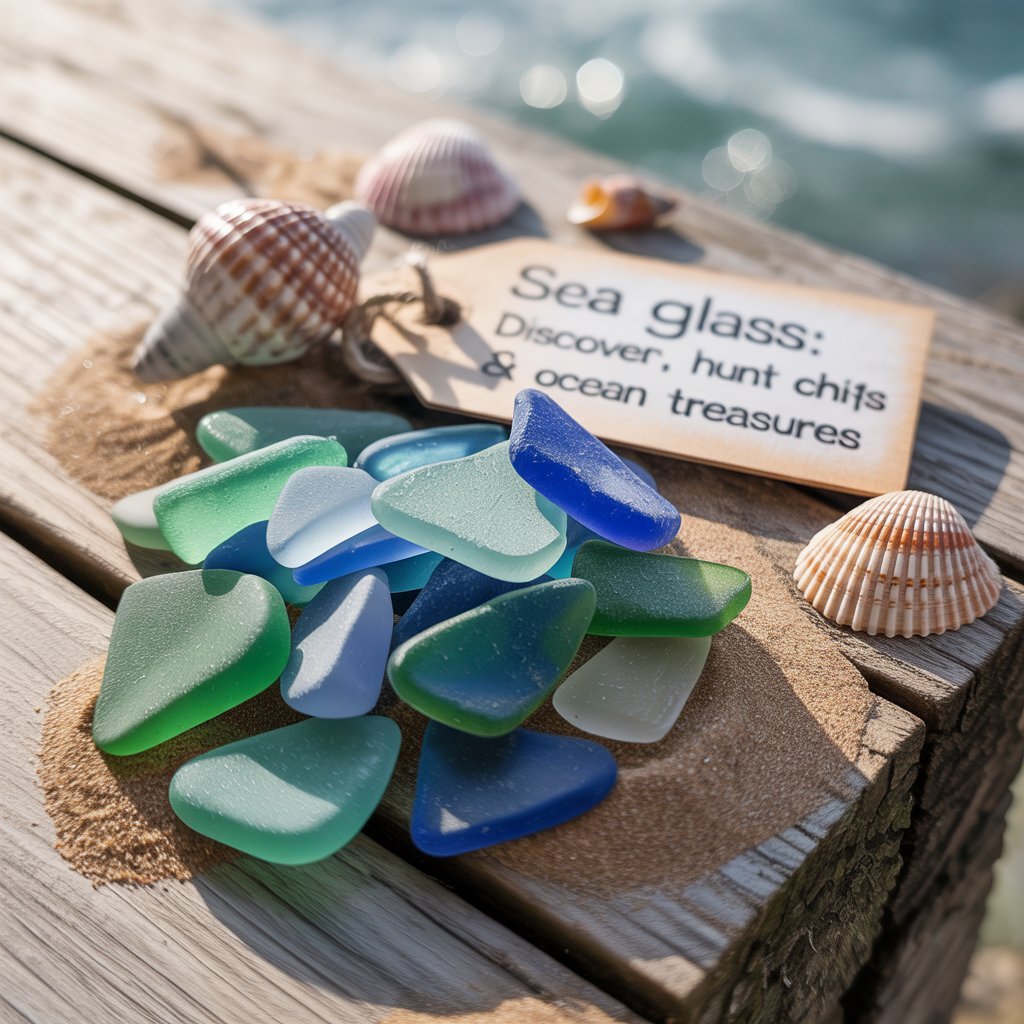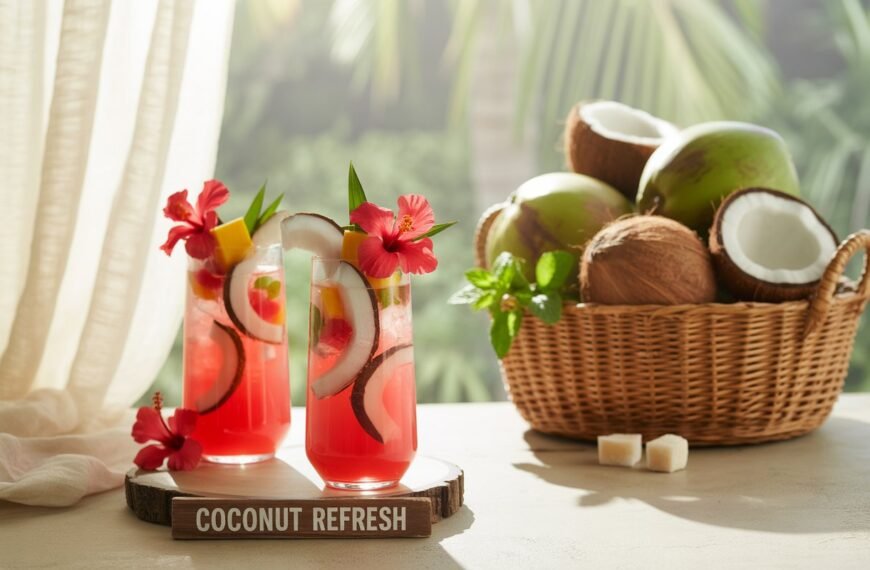Have you ever spotted a smooth, frosted shard of colorful glass on the beach? That’s sea glass—nature’s hidden treasure shaped by years of tumbling through waves, rocks, and sand. It’s more than just broken glass; each piece tells a story of time, tide, and transformation. In this guide, we’ll explore everything you need to know about It—how to find it, what makes it special, and why people all over the world are obsessed with collecting it.
What is It?
It is broken glass that has been naturally weathered by the ocean. It starts as litter—bottles, jars, or glassware—but years in the ocean turn it into smooth, frosted pieces of art. Over time, the glass loses its sharp edges and gains a distinctive matte finish thanks to the constant abrasion by sand and water.
Beach Glass vs. Sea Glass
Though often used interchangeably, “beach glass” usually refers to glass found in freshwater (like lakes), while “sea glass” specifically comes from the ocean. It tends to have a more frosted appearance due to saltwater’s chemical effect on the surface.
Where Does It Come From?
Most It comes from discarded bottles, tableware, shipwrecks, and even old lighthouses or wartime debris. Common colors like brown, green, and white often come from beer, soda, and milk bottles. Rare colors like red, orange, or turquoise might come from old car taillights, art glass, or antique medicine bottles.
The natural process begins when glass enters the ocean, where waves and sand act as a giant tumbler. Over decades, the glass becomes smooth and develops a unique frosted look. Each piece you find may have traveled for years before reaching the shore.
How to Hunt for Sea Glass
Finding Sea glass is both an art and a bit of luck. Start by visiting beaches known for their It, such as Fort Bragg in California or Seaham in England. Try searching during low tide or after a storm, when the ocean churns up hidden treasures.
Use a mesh bag to collect pieces, and wear gloves if you plan to search in rocky areas. Be patient and let the sunlight guide your eye to the soft gleam of glass among stones and shells. Often, the most unexpected finds are the most valuable.
Best Tools to Bring
- Mesh bag or pouch
- Gardening gloves
- Small rake or trowel
Decoding Its colors
It comes in many colors, each telling its story. White, brown, and green are most common because they come from everyday items like soda bottles and jars. Blue is less common, often from old medicine containers.
The rarest colors—like red, orange, or yellow—are highly prized by collectors. Red might come from old taillights or vintage glassware, while orange is so rare it might only appear once in thousands of pieces.
Color Rarity Source White/Clear Common sodas and milk bottles Brown Common Beer Bottles Green Common Wine, soda bottles Blue (Cobalt) Uncommon Medicine, Noxzema jars Turquoise Rare art glass, vintage tableware. Red Very rare Taillights, signal lenses, orange Extremely rare decorative glass, rare art glass
How to Identify Real It
With the rise in popularity of It, imitation pieces have become common. Real sea glass has a frosty, pitted surface and lacks shine unless wet. It should feel smooth, but not polished like something from a tumbler.
Check for consistent wear. Edges should be rounded and not sharp. Fake It often has uniform coloring and unnatural symmetry. Authentic sea glass usually has variations that show its time in nature.
Crafting with It
Many people turn their sea glass collections into beautiful crafts. Jewelry is the most popular choice—turning a perfect shard into a necklace or ring is a wonderful way to preserve a beach memory. Others create mosaics, frames, and even lamps using collected pieces.
Always clean It gently before crafting. Avoid bleach or strong chemicals, as they may damage the delicate frosting. Use soft brushes and mild soap, and let pieces dry naturally.
Popular DIY Ideas
- Jewelry (pendants, earrings)
- Mosaics & frames
- Garden decorations
The Eco Side of Collecting It
While It is beautiful, it’s important to collect it responsibly. Take only what you’ll use and leave behind younger or sharper pieces. In some areas, collecting is discouraged or even prohibited to protect local ecosystems.
It is a reminder of human impact on the environment. Each piece started as discarded waste. By collecting it responsibly, you not only preserve natural beauty but also raise awareness about ocean pollution and the importance of recycling.
Sea Glass in Art and Culture
It has inspired many artists, poets, and storytellers. It represents change, endurance, and beauty born from adversity. Some believe sea glass brings good luck, while others see it as a symbol of healing.
In coastal communities, It is often incorporated into local crafts and jewelry. Museums and galleries in beach towns may feature sea glass exhibits, showcasing both its natural form and artistic interpretations.
My Personal Sea Glass Story
On a quiet morning walk in Seaham, England, I found a marble-sized orb of deep red sea glass. It gleamed like a ruby under the rising sun. I later learned it might have come from an old glass factory that dumped scrap into the sea over 100 years ago. Holding it, I felt connected—not just to nature, but to history, people, and time. That’s the magic of It.
Why It? Is More Than Just Glass
It is a symbol of transformation, resilience, and natural beauty. Whether you’re a casual beachcomber or a passionate collector, each piece has its own tale—told not in words, but in shape, color, and texture.
From tips on hunting and color rarity to crafting ideas and cultural meaning, It offers a window into the past and a way to connect with the ocean’s story. Next time you’re at the beach, take a closer look at the sand beneath your feet. Who knows what story you’ll uncover?








